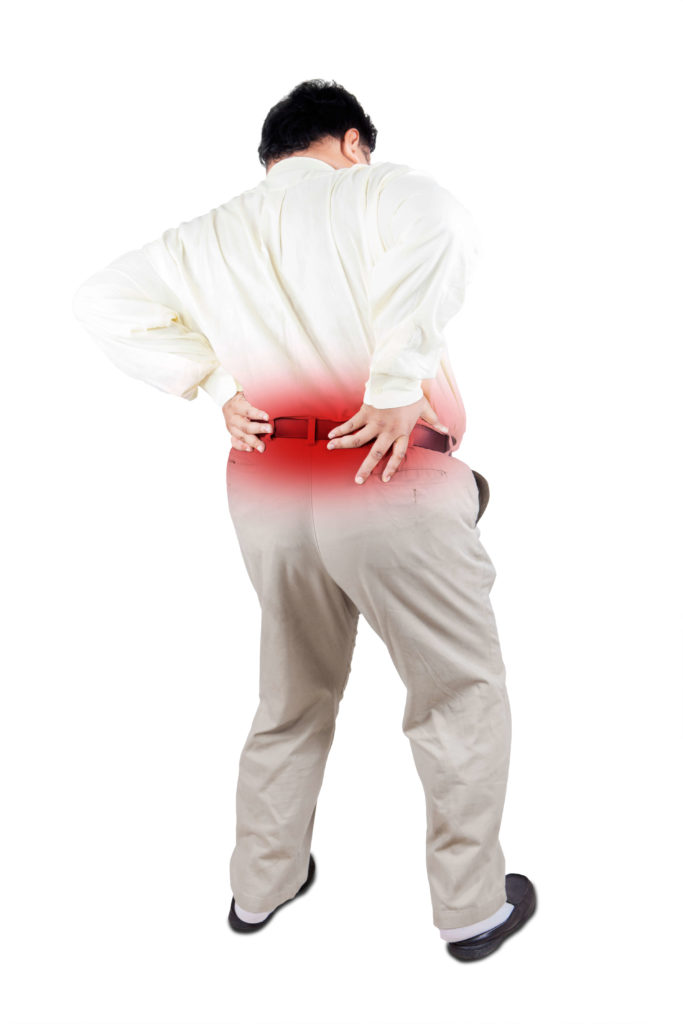Yes, Swimming Can Be Good for Back Pain Swimming is a great form of exercise for generating strength, stamina, and blood flow to all areas of the body. The aerobic exercise components of swimming are beneficial for increasing flexibility, movement, and strength of the joints within our body. Read on to discover more about how […]
Blog
Can a Bad Hip Affect Your Back?
Yes, a Bad Hip Can Affect Your Back A bad hip is never a good condition to be experiencing. A bad hip not only affects your pelvic region, it also affects your lower and upper half of your body. The hips are responsible for many of the stability factors within our body when we’re standing […]
Can Knee Injuries Affect Your Back?
Yes, Knee Injuries Can Affect Your Back The short answer is: Yes, knee injuries can affect your back through a variety of ways. In this post, we’ll be discussing the various ways knee injuries can affect your back in a negative fashion. Read on to discover how an ignored knee injury may end up causing […]
High Risk Sports for Your Neck, Back, & Spine
What is a High Risk Sport? A high risk sport is any sport which involves high risk activity which may end up causing issues later on with your body’s wellbeing. Throughout this post, we’ll be discussing the various types of high risk sports where your back, neck, and spine may be affected. Read on to […]
Weight Gain & Back Pain
Weight gain is something several of us struggle with, but did you know weight gain may very well contribute to back pain in some individuals? Yes, this can be the case in certain individuals. The reasoning behind this issue is the fact our skeletal frame can only support so much body weight before aches and […]
Maintain Activity This Winter to Reduce Neck & Back Pain
Maintaining activity is one of the best things you can do to prevent stiffness, muscle aches, general fatigue, and pains; especially during the winter months. Throughout this post, we’ll be discussing the various aspects of what meeting activity looks like this winter. Enjoy! The Importance of Maintaining Activity this Winter As a state drive, the […]
Why is My Back Pain Not Going Away?
Why is My Back Pain Not Going Away? Lingering back pain is something you don’t want to have to deal with, ever. Yet, in many cases, people will try to ignore lingering back which is not resolving on its own. This is NOT the right way to go about things. If you find yourself experiencing […]
Why Does My Neck Hurt When I Wake Up?
Neck pain is something we’ll all deal with at one point in time. The difference between an annoying neck pain and a chronic neck pain can be quite noticeable. If you’ve been exercising chronic neck pain when you wake up each morning, you’ll want to read this post to understand what may be causing your […]







